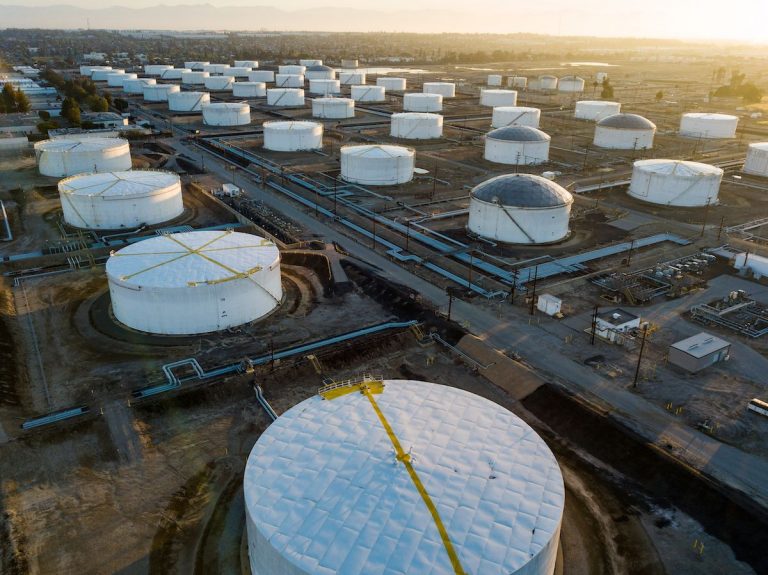Infighting among key players of the Organization of the Petroleum Exporting Countries (OPEC) Plus alliance has caused oil production levels to remain virtually unchanged despite increasing demand. As a result, prices have soared, threatening post-pandemic recovery in several nations.
According to Civilsdaily, “The non-OPEC countries which export crude oil along with the 14 OPECs are termed as OPEC plus countries.” Oil prices rose to their highest level since November 2014 after talks between OPEC allies Saudi Arabia and The United Arab Emirates stalled, resulting in the broader group failing to reach an agreement on production policy beyond August this year.
On Tuesday, West Texas Intermediate crude futures were trading as high as US$76.98, the highest it has been in over six years, before dipping by 4.4% to US$73.56 per barrel. Brent crude hit its highest level since the last quarter of 2018, before shedding gains as well and trading at US$74.77 per barrel.
Discussions on oil production output within the OPEC Plus alliance — which were expected to have resulted in an increase in production of two million barrels per day by the end of the year — were postponed indefinitely after the United Arab Emirates rejected a proposal at a meeting on July 2.
Discussions set to resume on Monday, July 5 were called off, leaving production levels stagnant and below global demand.
Success
You are now signed up for our newsletter
Success
Check your email to complete sign up
In April 2020, in the face of the global Coronavirus Disease 2019 (COVID-19) pandemic and plummeting oil demand, OPEC introduced the historic measure of reducing oil production by approximately 10 million barrels per day. Since then, OPEC has been meeting on a near monthly basis to discuss production policy and slowly increasing production.
The stalled discussions are expected to drive oil prices even higher, creating opportunities for some countries while threatening to stifle post-pandemic recovery for others.
Winners and losers
Canada’s Alberta region, with an economy intricately connected to the price of oil, stands to benefit significantly from the infighting. Its economy was pummeled last year by low oil prices, pandemic lockdowns, and the cancellation of key infrastructure projects like the Keystone XL pipeline.
In March 2020, the Alberta provincial government led by Premier Jason Kenney, in a bid to bring its bitumen product to market, announced an agreement between TC Energy and the Province to invest CAD$1.5 billion (US$1.2 billion) in the Keystone XL pipeline along with a CAD$6 billion (US$4.813 billion) loan guarantee.
However, within hours of taking his oath of office, U.S. president Joe Biden cancelled the cross border pipeline permits, citing environmental concerns. Consequently, the Canadian province lost its investment in the project and an opportunity to transport more of its energy products to refineries to the south.
On the heels of the cancelled infrastructure project, the prospect of higher oil prices is welcomed in the Canadian oil patch. However, the increase in prices has the potential to stifle post-pandemic recovery in the U.S. and stretch consumers’ pocketbooks.
Higher shipping costs are expected as fuel costs soar in tandem with the price of oil, complicating an already stressed supply chain network still recovering from disruptions caused by the COVID-19 pandemic.
Not only will consumers have to navigate an increase in fuel prices, but also the cost of food is poised to increase further as well.
The U.S. Department of Agriculture (USDA) reported that the Consumer Price Index (CPI) for food-at-home increased by 0.4 percent from April 2021 to May 2021, and that food-at-home prices have increased 2.2 percent year-over-year.
“In 2021, food-at-home prices are now expected to increase between 2.0 and 3.0 percent, and food-away-from-home prices are expected to increase between 3.0 and 4.0 percent.” reads the USDA website. The recent, unexpected increase in oil prices is expected to drive these numbers up further.

















